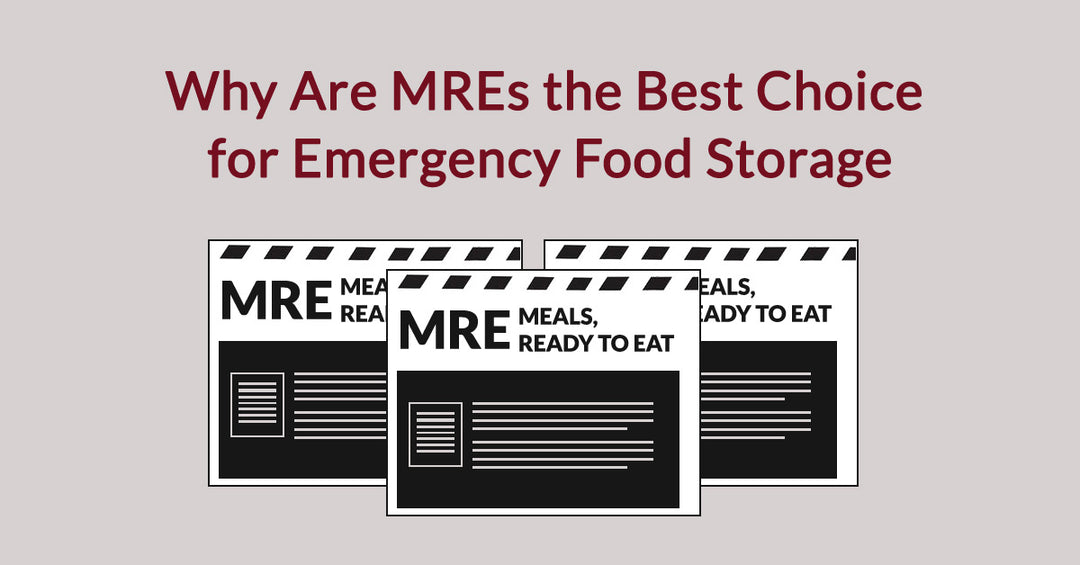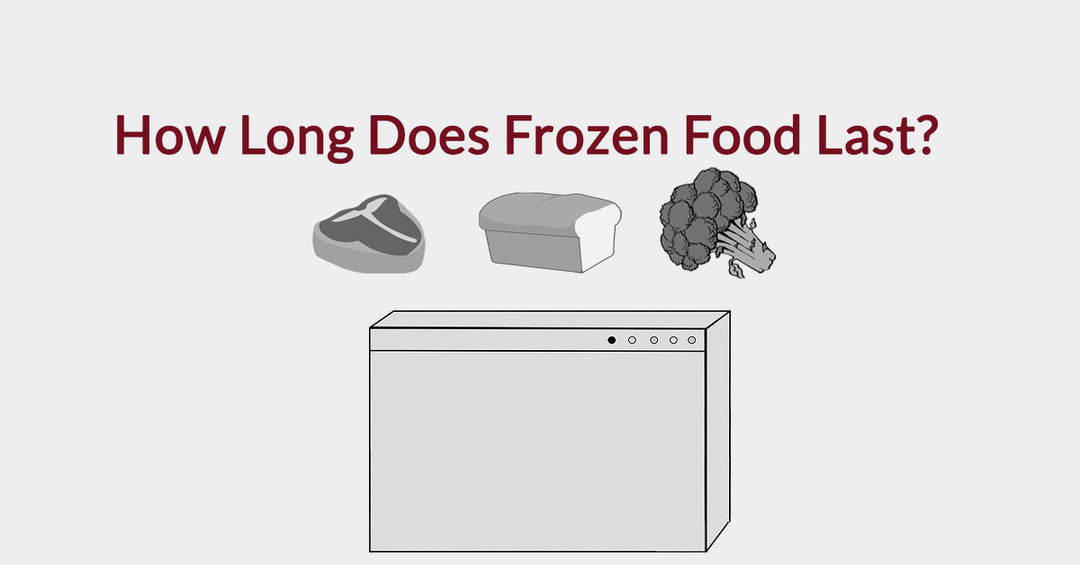La Niña May Bring More Severe Storms This Spring

Spring may have officially started, but many regions of the U.S. and Canada are still vulnerable to severe weather. Spring is often one of the most unpredictable weather seasons. Winter storms can still occur even if winter is over. One contributing factor to an active spring is La Niña.
We've all been there at one time or another. We're watching TV or browsing the Internet only to find out about a huge natural disaster. It's in those moments that we truly remember just how powerful nature really is. As a society we've become so confident in our infrastructure that we tend to forget how quickly it can fail. Likewise, we're usually unprepared for the sheer ferocity of the world when we lose power or shelter during a natural disaster. It’s only when we see people struggling against those difficult conditions that we're reminded of the world's true nature.
However, most of us move on to the next distraction fairly quickly. We change the channel or follow a link to the next item in the day's news cycle, but we should instead take a moment to consider the lives of people who've struggled against natural disasters like severe storms. At some point, every one of them was glancing over and forgetting stories about natural disasters in exactly the same way we were.
They too were well aware of how difficult it can be to struggle against natural disasters. But, like us, they probably shrugged and assumed that it could never happen to them or their families. Likewise, it can happen to us. All of us are equally at risk from natural disasters of one type or another, but at the same time, we all have the ability to mitigate our risks by preparing for worst case scenarios. So how would we prepare for natural disaster?
The first thing to keep in mind is that we can't put off our preparations. People often assume that storms will come with enough advance warning to stock up before things get too bad. People think of earthquakes and tornadoes as inherently unpredictable. But the same is true of storms. The weather forecasts will suggest that an especially bad patch of weather is on the way. But we seldom know when the worst storms are going to happen until we’re right in the middle of them.

Storms Combine Multiple Problems Into a More Dangerous Whole
One of the more dangerous aspects of a storm is how it combines multiple threats into a singular whole, and this is in large part what makes it so unpredictable. Take the heavy winds as a good example. Heavy winds will often cause a tree's limbs, or even an entire tree, to fall. All it takes is one tree in the right location to take out an area's power or Internet service.
Likewise, it's very easy for winds and rain to cause landslides and take out a single road. This can slow down or even stop traffic. Wind alone will often take out both communication with the outside world, heat, power and even the ability to drive out for supplies. But that’s only one component of a storm.

The issue is further compounded by the cold temperatures. This year's La Niña pattern is occurring due to Pacific Ocean waters that are cooler than normal, which has an influence on the jet stream and storm systems. Many regions of the U.S. can expect cold temperatures and storm conditions longer than usually expected.
Even without blocked roads we'll usually see traffic become slower and far more dangerous due to the bad weather conditions. A road is often only as safe as the worst driver on it. And automotive accidents are virtually a given during storms. This too tends to restrict our ability to drive out for supplies or help.
Finally, it's important to keep in mind that both the roads and power grids we rely on are probably far older than we'd expect. The infrastructure of most areas was installed in the boom of the 1950s. Infrastructure that's been around for over seventy years is usually quite fragile. All of this comes together to create one solid fact. Storms are usually going to take out both roads and power. The rough conditions ensure that most of us won't even be able to walk out to a store to restock supplies. Not to mention that most stores would be closed anyway. So how can we plan against such difficult conditions?

Warmth
It's best to prioritize our plans against the most dangerous threats. During a storm warmth is usually the number one concern. The outside temperatures can be freezing and we'll most likely end up losing power. Homes with a fireplace are ideally suited to weathering out a storm. However, even then we need to prepare in advance by always having a few days worth of fuel on hand. We should always cultivate a habit of restocking wood or other fuel as we use it.
Next, keep in mind that many sources of warmth also pose risks of carbon monoxide poisoning. Any extended severe weather will usually have casualties stemming from unsafe attempts to stay warm. This can range from trying to use a car to stay warm, using portable heaters, gas stoves and unventilated power generators. The culprit in these cases is carbon monoxide. The gas is called a silent killer for good reason. It's invisible, odorless and deadly. Anything which generates carbon monoxide should only be used outdoors.
We also want to decide on the warmest room in our home. This will ideally be away from any windows or direct contact with the outside. It's also best if the room has carpet to offer some additional insulation. You should plan to have a solid source of light in the room as well as water. On top of this we should put some warm clothing and blankets aside specifically for cold weather during a power outage. Small emergency radio and crank powered USB charging devices can be kept there as well. This will let us keep in touch with the state of things while also providing a small amount of power for entertainment.

Food and Water
The next priority should be emergency food and water. A natural disaster can cause water pipes to freeze and even burst. As such we can’t simply assume that we’ll have a steady supply of water from the nearest sink.
Water filters used for camping can be an effective if time consuming alternative. However, simply keeping some bottled water on hand with our blankets and warm clothing is the easiest option.
Food is a little more tricky since it can go bad fairly quickly. What's more, we have to assume a total lack of heat and electricity. This makes it a lot harder to depend on the packaged food in our home. An MRE, or meal ready to eat, is the most effective way to keep a steady supply of food on hand for emergencies.
MREs were originally designed for military use. The packages needed to stay fresh for years at a time and under uncertain conditions. On top of that, a huge amount of work has gone into keeping them not just fresh but tasty as well. Some modern-day staples like hot sauce actually gained popularity in large part due to their use in MRE packages. The long shelf life also ensures that we can store them for years without any need to worry about the packages going bad. The solid taste also means that occasionally having them as a meal to restock with fresh replacements can be a lot of fun.
Final Thoughts
So far we've found ways to keep a room warm during a storm. We've also looked into methods to keep ourselves comfortable within those environments. We've even managed to find easy ways to ensure that a supply of emergency food and water will be on hand at all times. A small crank generator can even give us radio access. With a little work, that'll also provide enough power to keep our smartphones along with all of its utilities functional.
By putting all of this together, we now have a solid plan to stay safe during storms. Most of the other dangers from the storm come from needing to travel or leave the home. But with our necessities taken care of that's no longer an issue.




